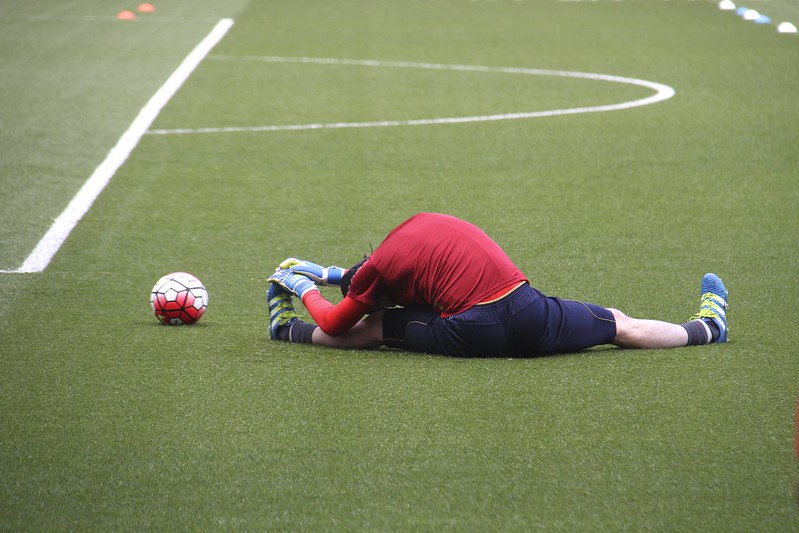
Before you get started with a strenuous training session or a game, you don’t want to go from zero to sixty without any preparation. The way you prepare yourself is with a warm up.
Warming up for soccer helps you improve your range of motion, raise your heart rate and activate your cardiovascular system, which allows for peak performance.
And crucially, warming up also significantly helps you avoid injuries.
Another benefit is that by preparing your body in this way you also are preparing your mind by allowing you to focus on the upcoming tasks and eliminate distracting thoughts.
However, one common mental image we have of “warming up” is sitting around in a circle stretching.
Stretching is an important part of warming up, to be sure, but you want to prioritize dynamic movements which are more in line with what you’ll actually be doing later.
Let’s look at some ideas for how to best warm up.
What Activities Should I Do When Warming Up?
First, it’s important to warm your muscles up before stretching them, so be sure to start your warmup with some jogging.
Jogging 2-4 times back and forth on your half of the field is usually sufficient.
After jogging, many teams like to circle up and stretch. This can be good for group camaraderie and to allow everyone to set their focus together while the coach gives some instructions, but research has shown that static stretching (meaning where you simply sit or stand holding a pose for a set amount of time) can actually hinder performance.
If you’re training on your own, or have the freedom to plan your own warmup, doing more dynamic stretching is preferred where you perform controlled sport-specific movements targeting key muscle groups.
Dynamic stretches for soccer can include walking lunges, leg swings, torso twists, hip circles, and many more.
An even better option is to incorporate dynamic movements into your jogging for a better warmup.
For example, jog across the field and back once, and on your next trip, instead of jogging normally, do high knees, butt kicks, and side shuffles. There are endless variations you can try in addition to these.
Warming Up with a Ball
The next phase of warmup involves ball work. The main things to keep in mind is that you want to get lots of touches and in the case of pregame warm-ups you want to make your work as “game-like” as possible.
A tried and true method to start with is partner passing.
Start by standing just a couple of feet away and playing firm passes back and forth. I like to start with two touch and then progress to one touch. Make sure you are using both feet and both the inside and outside. To help with preparation and getting your heart rate up, keep your feet moving.
A good partner passing progression is to gradually move back several yards as you continue and end up hitting some long balls to each other, both chips and driven balls.
Another partner passing warmup you can try is more dynamic: jogging back and forth across the half-field and working on volleys and receiving.
To do it, the two players stand 2-3 yards apart facing each other. The player jogging backward holds the ball and throws it to the player running forward, who does each exercise and tries to play the ball back to their teammate’s hands.
Work out a progression including volleys back with the laces, chest traps and volleys with the inside, thigh traps and volleying back, and headers.
For one trip across the field, work on one exercise, and players switch roles before coming back. Then move on to the next exercise.
Building a Complete, Technical and Fun Routine
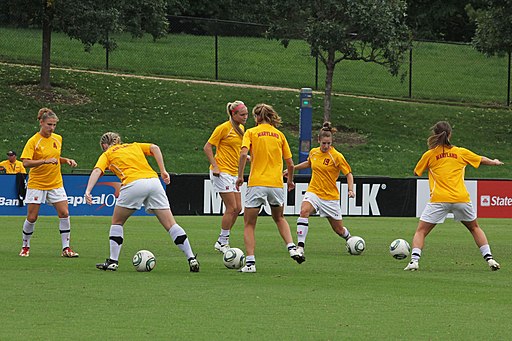
You can still achieve these goals with a warmup even if you’re training solo. Instead of partner passing, can you use a wall or rebounder to do the same passing exercises?
Beyond these ideas for touches, it’s important to incorporate some fun into your warmup as well.
If you’re with a team, possession drills are one of the best ways to warm up in a game-realistic way with some competition built in.
4v2 (or 5v2) drills with players on the outside keeping possession and two defenders in the middle who switch out when they win possession (to be replaced by the player who lost the ball) is a classic.
With an even larger number of players, you can play larger possession games (ie. 5v5), perhaps with two “all-time-offense” players to give the team in possession a numbers up situation.
If you’re warming up solo, one idea for competition could be to do a round of juggling and see how high of a number you can get.
You also can achieve the same goals of passing and moving with a dribbling exercise through cones or other objects) combined with passing off of a wall or rebounder and then dribbling back the other way after you receive it.
Finally, you want to make sure the warmup doesn’t exhaust you right before the start of a competition. Make sure all the previous exercises are short and sweet, with rest time built in.
Instead of sprinting before the game, for example, work on your change of pace and acceleration with short sprint bursts of just a few yards. (This is a good exercise for right before the game to get you physically and mentally prepared.)
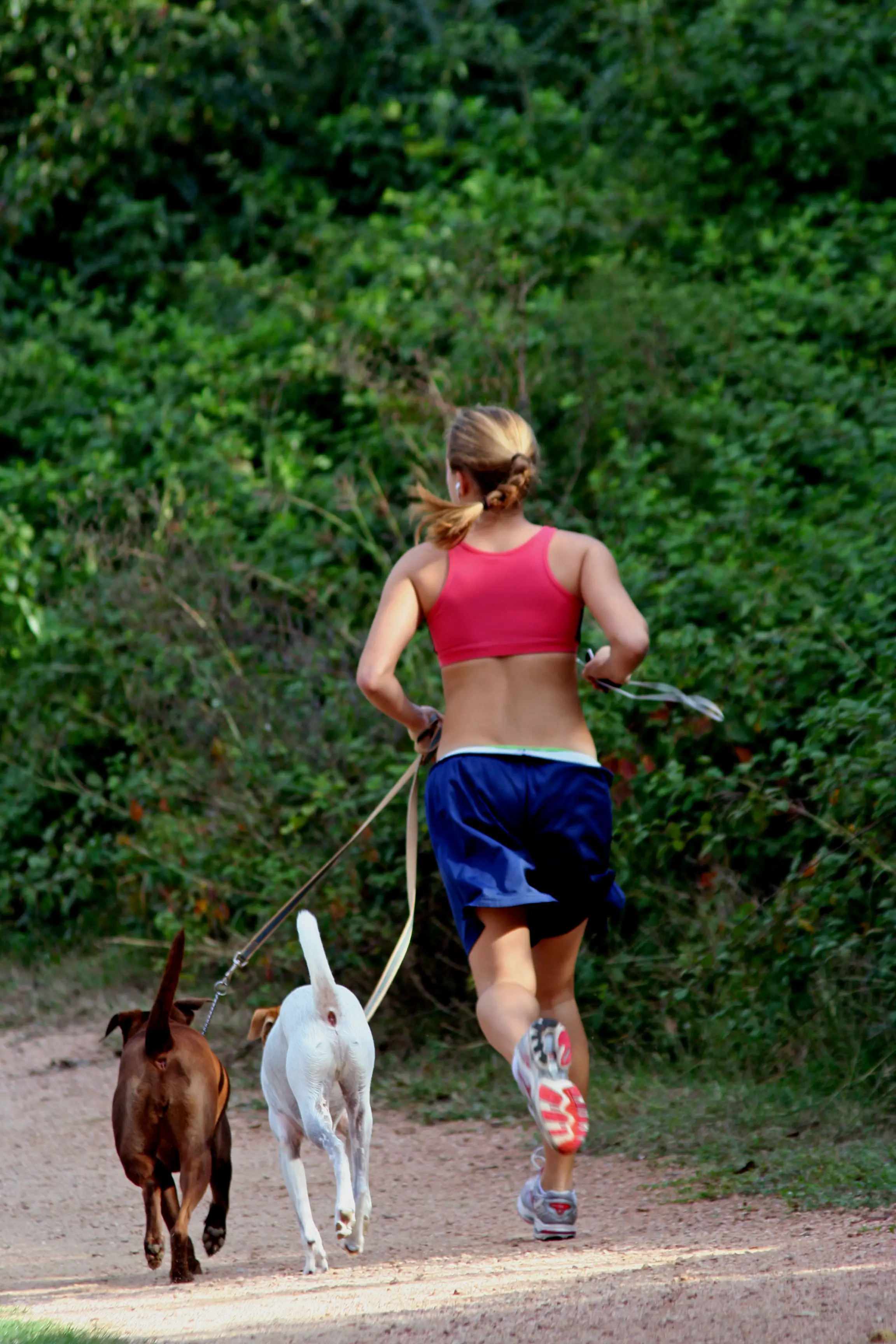
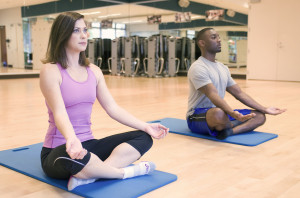
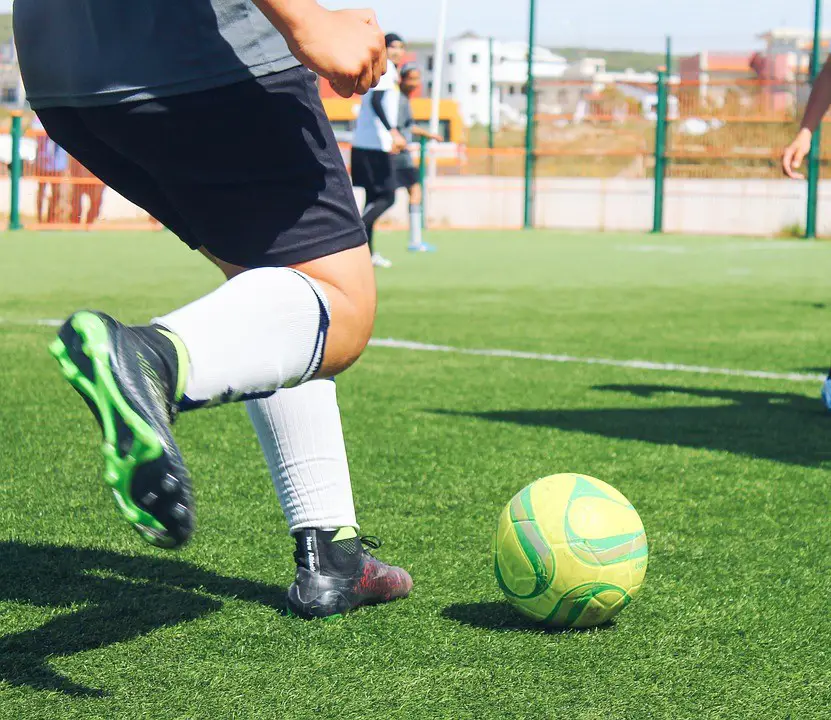
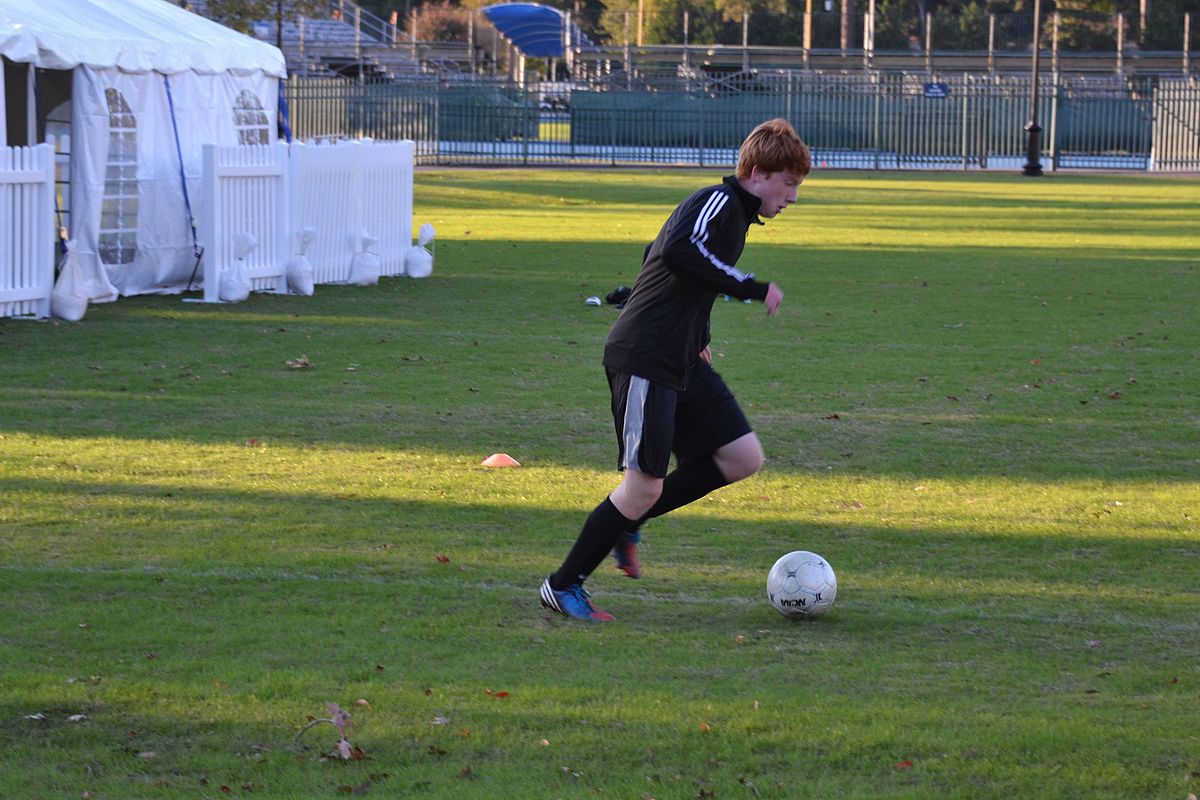
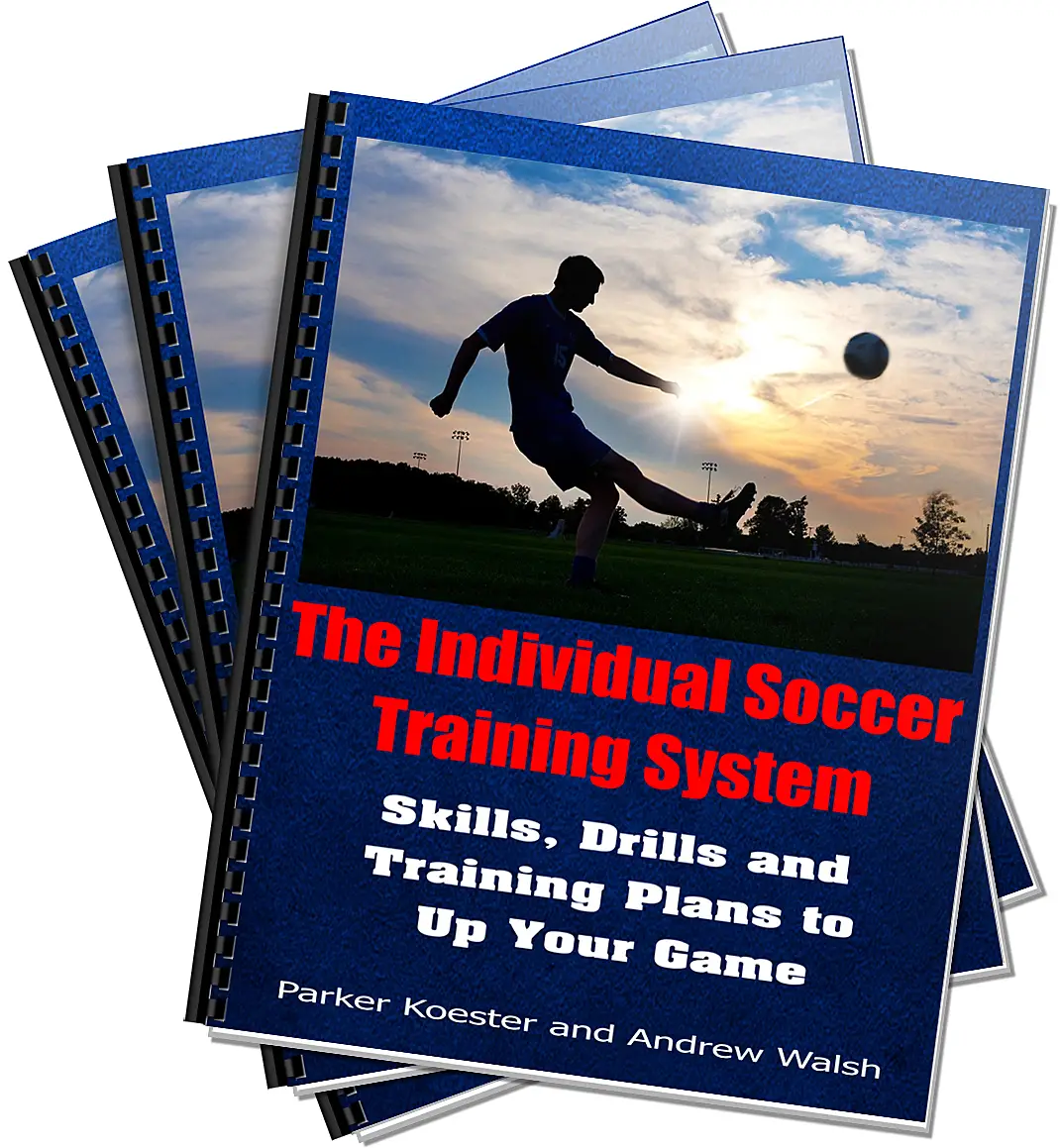

Leave a Reply